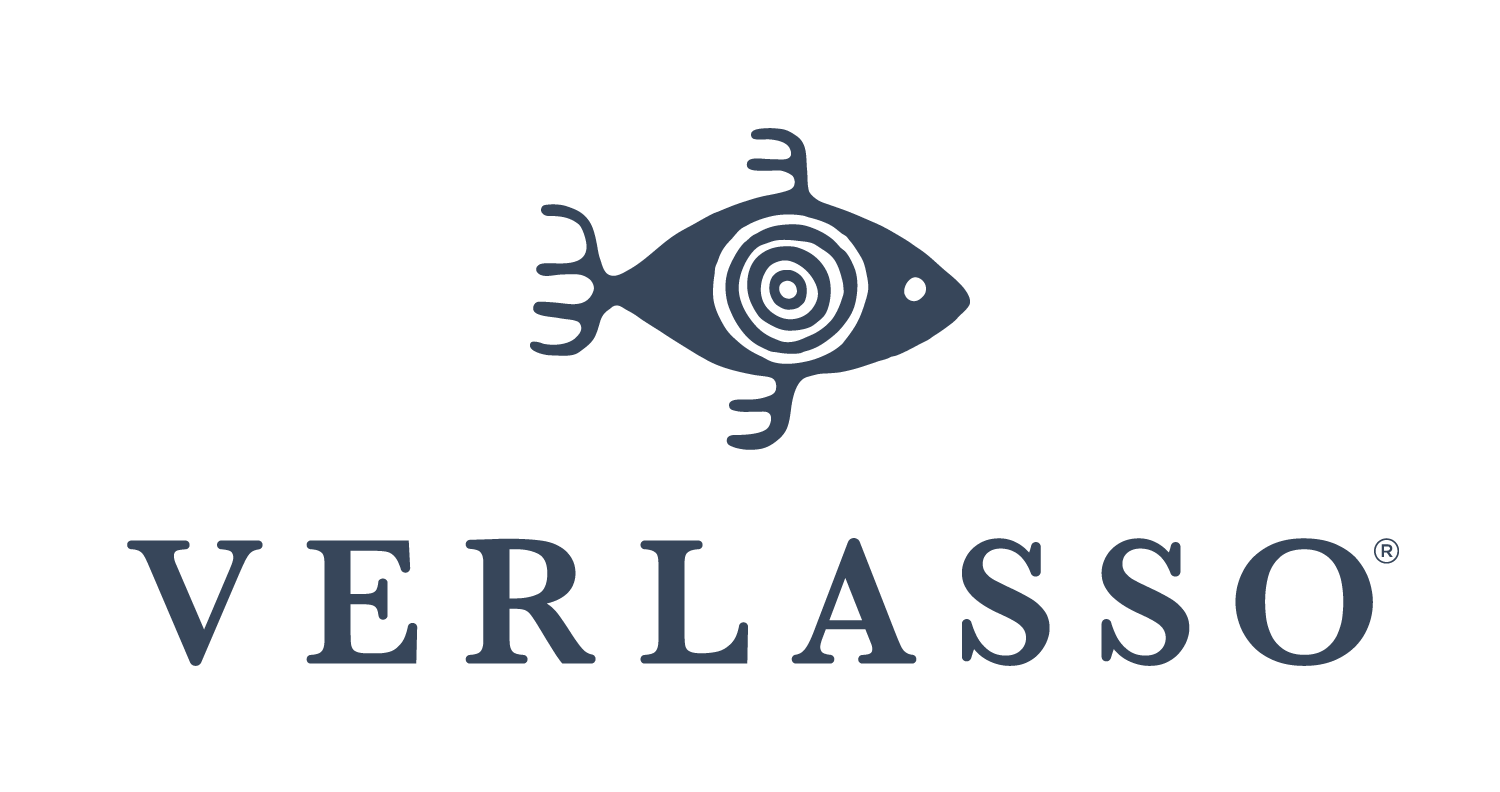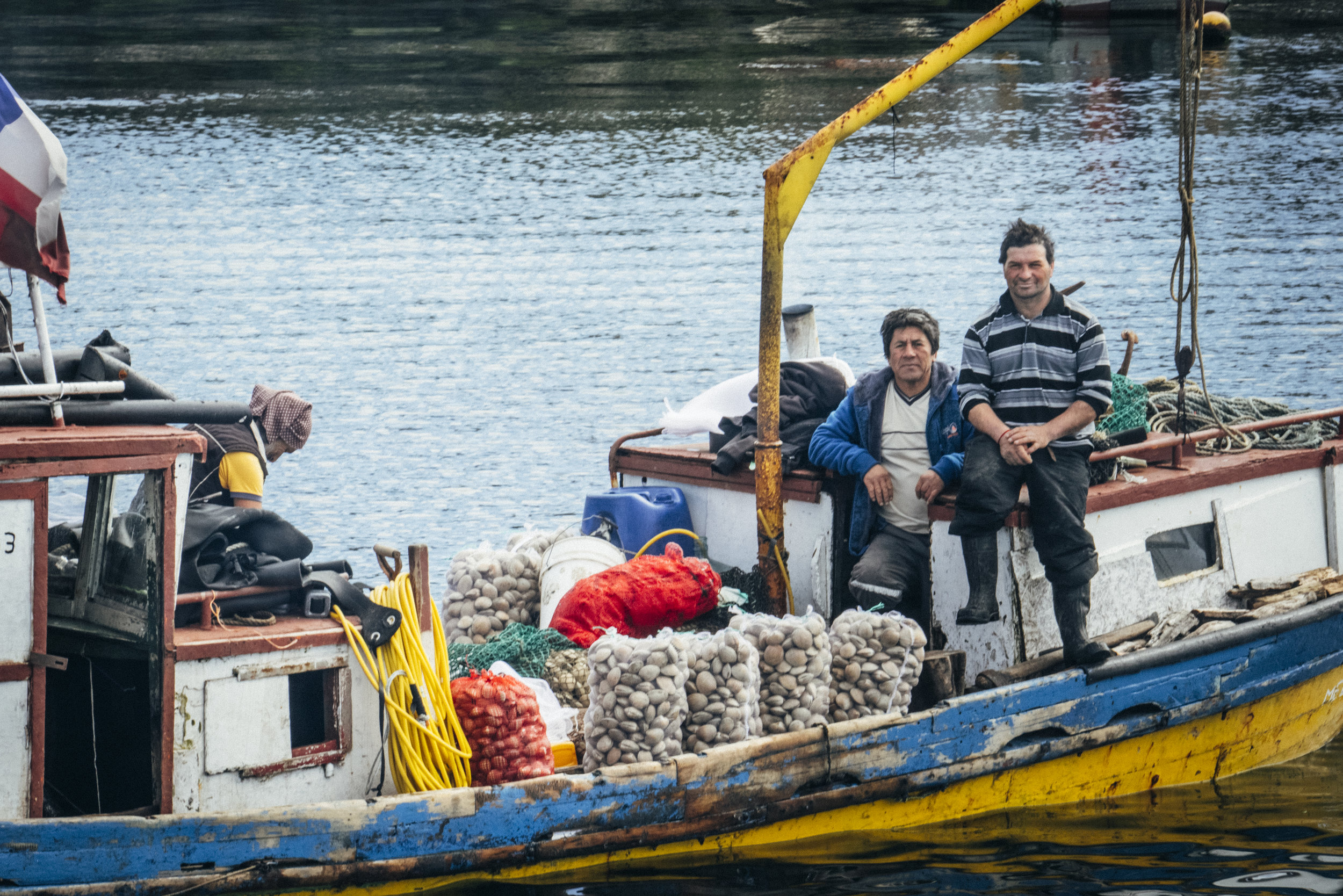You might be surprised to hear that roughly 90 percent of all the seafood eaten in the U.S. is not farmed or caught here – it’s actually imported from countries all over the globe!
When you think of imported seafood, you might have some concerns – especially if it’s coming from a land (or ocean) far, far away. Who farmed or caught the fish? How do you know it was done in a way that supported both the communities involved, as well as the local environment?
“Seafood is traditionally one of the most-traded food commodities in the world, right up there with coffee,” says James Wright from the Global Aquaculture Advocate, an organization committed to promoting sustainable aquaculture practices. “Nobody seems to have any qualms that the coffee beans they depend on are from remote parts of the world. Yet there’s unrest concerning our fish supplies, when there really shouldn’t be.”
All seafood imported into the United States is regulated by the Food and Drug Administration. Furthermore, a large portion of imported seafood comes from fisheries or farms that have earned sustainability certifications and proven that they’re environmentally friendly. For example, watchdog organizations like Seafood Watch and Best Aquaculture Practices thoroughly investigate and rate seafood suppliers from around the globe so you can make informed decisions at the seafood counter.
Beyond this though, you may still be wondering: how can choosing seafood from overseas actually be beneficial in the grand scheme of things?
In the aquaculture world, specialization is key. Just as a specific fruit or vegetable best grow in certain regions of the world, each fish species requires a certain habitat.
Our salmon, for example, thrive in cold, marine waters where they can grow strong and stay resistant to disease and parasites (in fact, we never use preventative antibiotics on our salmon, and if a fish is to be treated, we test them to ensure they are 100% antibiotic free prior to harvest!).
This is why we farm our salmon deep in the southern hemisphere, off the coast of Chilean Patagonia, which offers the perfect environment for sustainable aquaculture. Featuring vast stretches of cold, crystal clear water and the upwelling of the strong Humboldt current, this remote region is a pristine, natural habitat for raising the finest salmon. (After each harvest, we also allow the fjords to stand fallow and only establish another farm site once we’ve thoroughly tested the region to ensure that it has returned to its natural state.)
Regional specialization also largely contributes to people being able to enjoy delicious foods that they would not have been able to access centuries ago. In the modern age, we have a wide variety of foods to choose from at affordable prices. For example, it wasn’t that long ago that grapes were a luxury item in London! At Verlasso, we believe nutrient-dense seafoods, like salmon, should be widely accessible to everyone.
That’s why fish farming, done at scale, is so important. Seafood like salmon provide an excellent source of protein and heart-healthy omega-3s, and can also be raised with a much lower carbon footprint than other protein sources. Steven Hedlund from the Global Aquaculture Alliance points out that “fish have higher protein retention rates and energy retention rates than chickens, pigs, and cows, as well as a lower feed conversion rates.”
Given that the world’s population is projected to grow by two billion people in the next thirty years, we’ll need protein that can be raised sustainably at scale – and as we mentioned, this can make the most sense in certain parts of the globe.
Another benefit to sustainable seafood farming is how it empowers communities.
Aquaculture is the world’s fastest-growing food sector and provides jobs to millions of people all over the world, predominantly in rural areas where work is scarce.
“Aquaculture makes a significant socio-economic contribution in coastal and rural communities where economic opportunity tends to be limited, often lifting people out of poverty,” says Hedlund. “The benefits of aquaculture from both an environmental and social perspective are boundless.”
While there’s absolutely nothing wrong with hometown pride and enjoying a freshly-caught fish on the pier, supporting sustainable seafood from around the world can be a responsible choice.
“We’d all love our fish be a local food,” says Wright. “But that’s just not possible for huge portions of our population, so we need to support responsible fishing and fish farming where it’s occurring now.”
And for those of you who are curious about how we transport our fish from Chile, we place our salmon onboard existing passenger plane routes scheduled from Santiago to the United States, which results in a lower carbon footprint for transportation!
If you have any questions about how we raise our fish and operate as a farm in Chilean Patagonia, be sure to visit our FAQ page.






